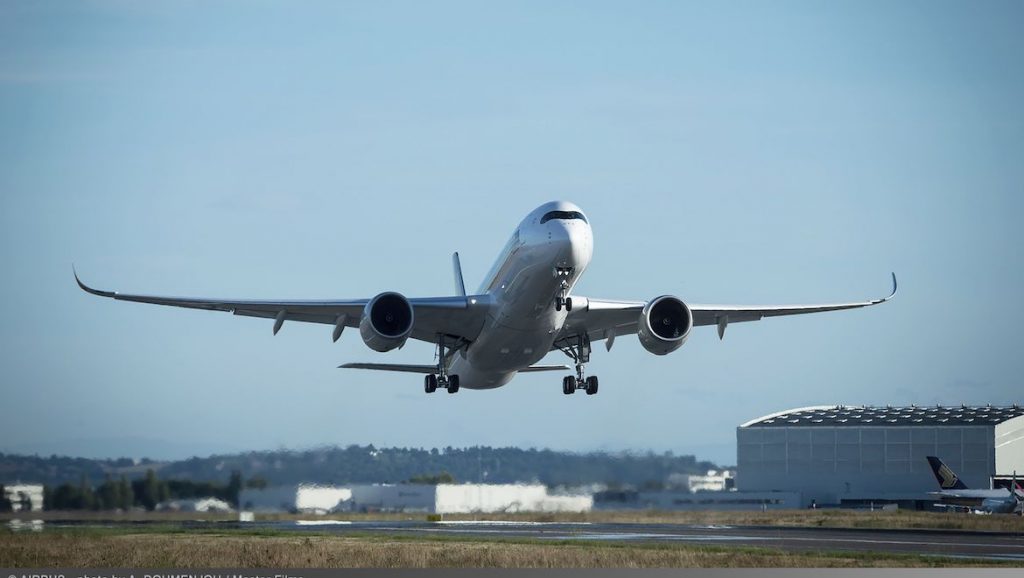
The director-general of the International Air Transport Association has said aviation’s recovery has “hit a wall” after new figures revealed passenger traffic has flatlined.
“A resurgence in COVID-19 outbreaks – particularly in Europe and the US – combined with governments’ reliance on the blunt instrument of quarantine in the absence of globally aligned testing regimes, has halted momentum toward re-opening borders to travel,” said Alexandre de Juniac, IATA’s Director General and CEO.
Total demand in September was still down 73 per cent from the same month last year, a minuscule improvement from being down 75 per cent from August. Cargo is, however, holding up far better, with levels in September down just 8 per cent.
“Although domestic [passenger] markets are doing better, this is primarily owing to improvements in China and Russia,” said de Juniac. “And domestic traffic represents just a bit more than a third of total traffic, so it is not enough to sustain a general recovery.”
The industry body, which represents nearly 300 airlines around the globe, added that while cargo is having trouble, it’s a “world apart from the extreme difficulties” in commercial air travel.
“Favorable indicators for the peak year-end season will support the continued recovery in [cargo] demand,” he said. “Already North American and African carriers are reporting demand gains on 2019.
“The challenge continues to be on capacity. As carriers adjust schedules to reflect falling passenger demand amid the resurgence of COVID-19, valuable belly capacity will be lost when it is needed the most.”
The bad news comes despite the IATA claiming that only 44 potential cases of in-flight COVID-19 transmission had been identified among the 1.2 billion travellers so far this year, or one in every 27 million passengers.
The view was supported by the World Health Organisation, which said the risk of COVID-19 being spread on a flight is “very low”, albeit not impossible.
“In-flight transmission is possible but the risk appears to be very low, given the volume of travellers and the small number of case reports,” the WHO said.
“The fact that transmission is not widely documented in the published literature does not, however, mean it does not happen.”
With this, the WHO still recommended the use of pre-flight COVID testing, to limit the number of infected passengers flying.










